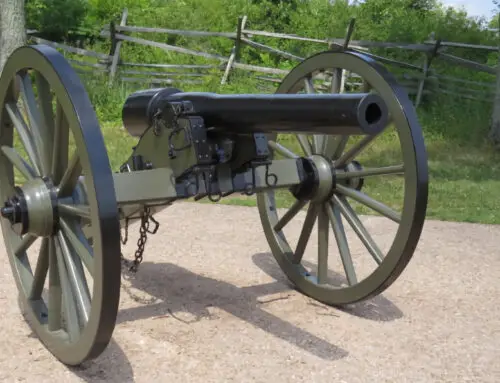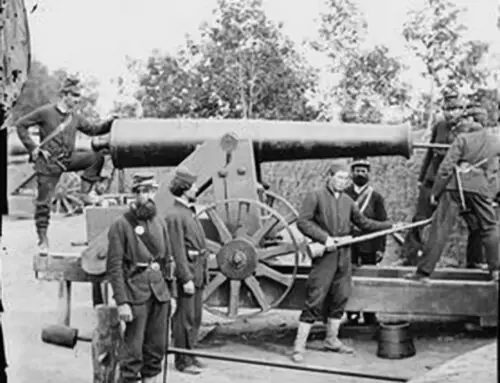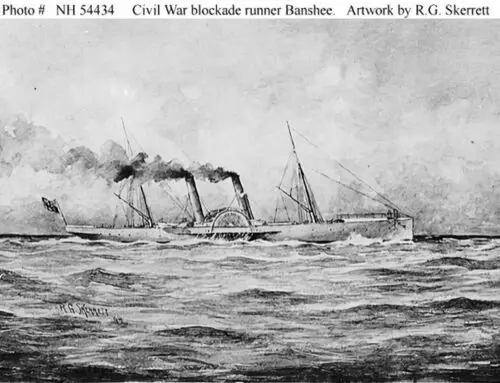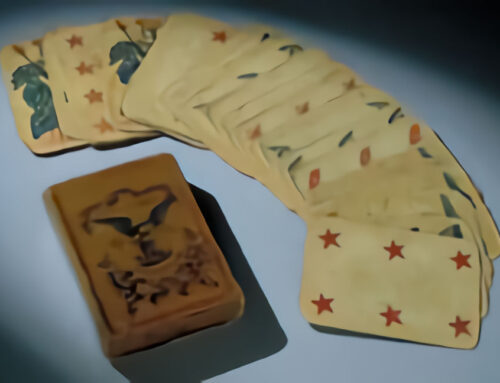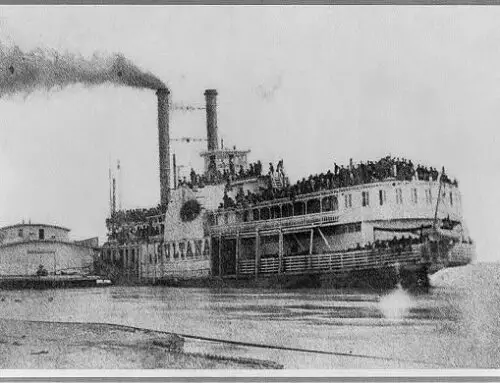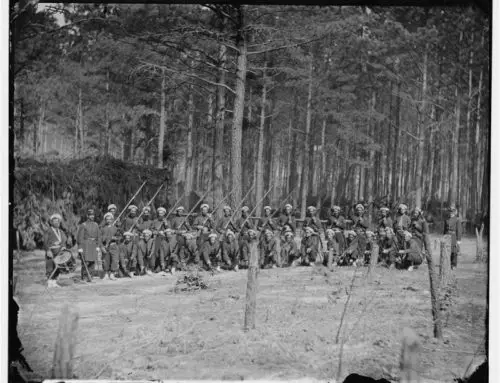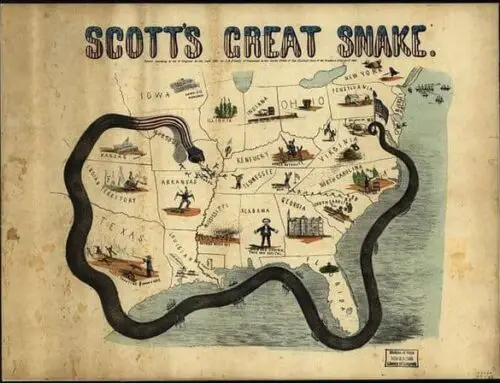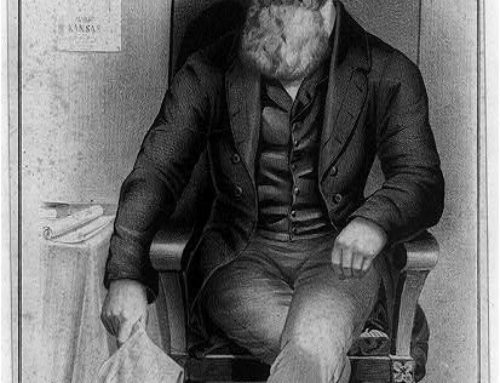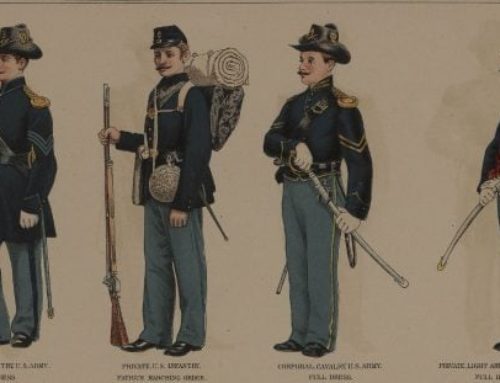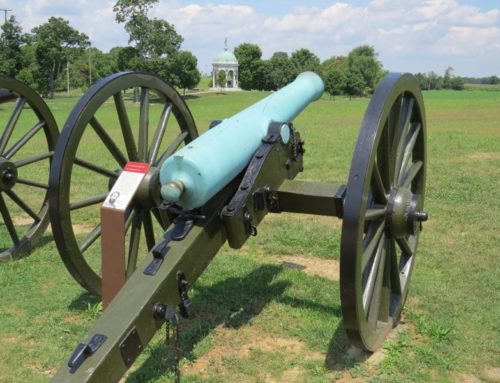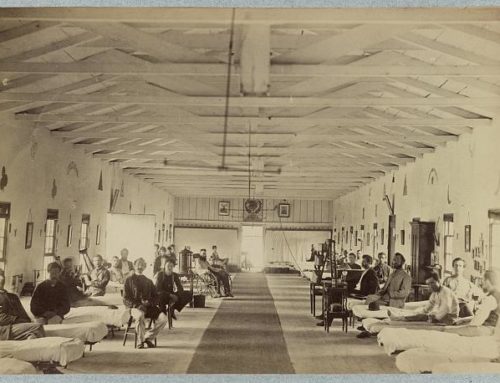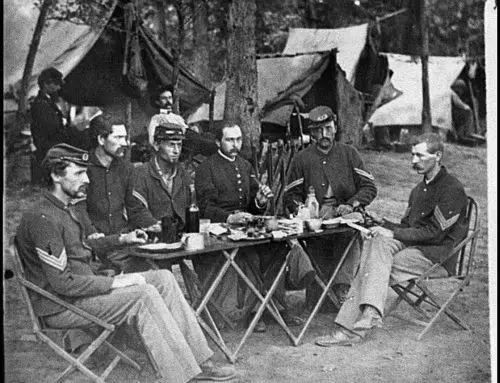Belle Isle Prison is located west of Richmond Virginia. It is a small island located in the James River that was used as a Civil War Prison for captured Union soldiers. The prison only held a few small shacks, called prisoner quarters and the island afforded no protection from the elements that the Union soldiers had to endure.
There were no wooden structures at this camp such as barracks. Instead there were tents for prisoners to sleep in, but there were not enough for every prisoner. There were 3000 tents, and at least 10,000 soldiers by 1863. There was a hospital for the prisoners and also an iron-factory where prisoners would work.
Union prisoners were allowed to swim in the James River that surrounded Belle Isle. The James River was extremely dangerous with sharp currents, jagged rocks and violent endings. The James River is a very large river that seems more of a lake that has a current. Some Union soldiers would try to escape while swimming the James River. Most were shot and many drowned in their attempts. Some however, did swim to their freedom
There is uncertainty regarding prisoner death rates that has endured since the end of the Civil War. The South claimed that the actual Union prisoner death rate was very low, in the hundreds, while the Union declared that upwards of 15,000 soldiers lost their lives at Belle Isle Prison Camp.
When the war was over and men began to leave the prison. Upon witnessing the newly released prisoners the famous poet Walt Whitman couldn’t believe what he saw. He thought that the soldiers did not look like men. He thought they looked like creatures or dwindled corpses. Many of the prisoners at Belle Isle were Union soldiers from the 2nd Tennessee Infantry. They were captured at the Battle of Rogersville on November 6, 1863.




